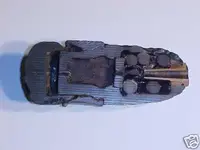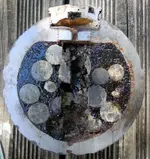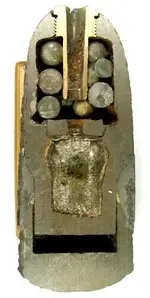RustyRelics
Gold Member
- Joined
- Apr 5, 2019
- Messages
- 5,932
- Reaction score
- 32,705
- Golden Thread
- 0
- Location
- Central PA
- Detector(s) used
- Equinox 600/Ancient Whites MXT
- Primary Interest:
- Relic Hunting
It's a long shot, but why not. I dug this fragment two weeks ago. I believe it is from a Hotchkiss, but here is the tough question of the day. What size shell did it belong too? I am new to this, and to me, it looks kinda small. If you need more pics, let me know.
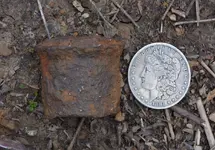
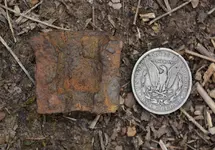
Here is another fragment that is puzzling me. This is my first.
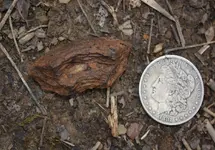
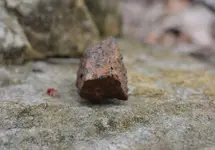
And here is a piece of chain I dug up as well. Because of it's location, I am assuming that this is trace chain. Any other thoughts on it?
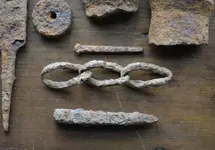
It may not show up in the photo, but each link is twisted.


Here is another fragment that is puzzling me. This is my first.


And here is a piece of chain I dug up as well. Because of it's location, I am assuming that this is trace chain. Any other thoughts on it?

It may not show up in the photo, but each link is twisted.



